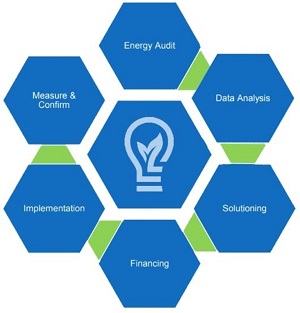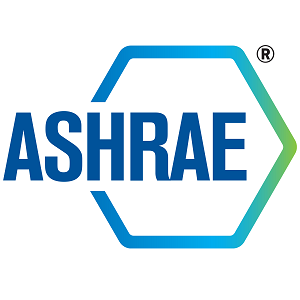
Energy Audits
We provide the following Energy services:
Energy Audits (ASHRAE Level 1, 2, & 3)
Whether you’re managing multiple sites, campuses or a single building, it’s essential to know where and how your facility could be more energy-efficient. Askon Energy Audit provides all your key energy cost and usage metrics and recommends a portfolio of both immediate and long-term projects to boost efficiency and overall system optimization. We then plan, design, implement, measure and verify solutions to ensure efficiency and savings for our clients.
Optimize Your Energy Strategy
Askon works with its clients to understand their energy goals, operational requirements and risk tolerance to assist in the development and implementation of comprehensive energy management solutions.
What is an Energy Audits?
An Energy Audit is the process of identifying, surveying and analysing the Energy usage of a building. It is done to optimize the energy usage of the system, for example keeping the outputs the same while reducing the energy consumption. A successful energy audit results in energy and cost saving while also reducing the overall carbon footprint.
Purpose of Energy Audits:
1. Enhance building performance by saving energy and reducing operational costs.
2. Identify and resolve building system operation, control and maintenance problems.
3. Reduce or eliminate occupant complaints and increase tenant satisfaction.
4. Improve indoor environmental comfort and quality + Reduce associated liability.
5. Document system operations.
6. Analyze the Operations & Maintenance (O&M) personnel training needs and provide such training.
7. Minimize operational risk and increase asset value.
8. Extend equipment life-cycle.
9. Ensure the persistence of improvements over the building’s life.
10. Address codes issues.
Benefits of Energy Audits:
1. Greater Comfort – Energy efficient buildings are inherently comfortable because of better insulation, better cooling, and fixed leaks.
2. Improved Indoor Air Quality – During an energy audit, focus is also given on how the indoor air quality can be increased. The ventilation and air-conditioning are scrutinized for proper operation.
3. Greater Building Durability – One of the major aims of an energy audit is to ensure building longevity and durability. Attention is paid to leaks, moisture levels, ventilation, and sun-proofing so as to maintain the buildings health.
Types of Energy Audits
Energy audits typically take a whole building approach by examining the building envelope, building systems, operations and maintenance procedures, and building schedules. Whole building audits provide the most accurate picture of energy savings opportunities at your facility.
Alternately, energy audits can be targeted to specific system (i.e., lighting, ventilation and air-conditioning). Targeted audits may miss significant bigger picture energy savings opportunities, but may be a good route if you have specific energy efficiency retrofit projects in mind and limited funds to invest.
Levels of Energy Audits
The American Society of Heating, Refrigerating and Air-conditioning Engineers (ASHRAE) defines three levels of audits.

Level 1: Site Assessment or Preliminary Audits identify no-cost and low-cost energy saving opportunities, and a general view of potential capital improvements. Activities include an assessment of energy bills and a brief site inspection of your building.
Level II: Energy Survey and Engineering Analysis Audits identify no-cost and low-cost opportunities, and also provide EEM recommendations in line with your financial plans and potential capital-intensive energy savings opportunities. Level II audits include an in-depth analysis of energy costs, energy usage and building characteristics and a more refined survey of how energy is used in your building.
Level III: Detailed Analysis of Capital-Intensive Modification Audits (sometimes referred to as an “investment grade” audit) provide solid recommendations and financial analysis for major capital investments. In addition to Level I and Level II activities, Level III audits include monitoring, data collection and engineering analysis.